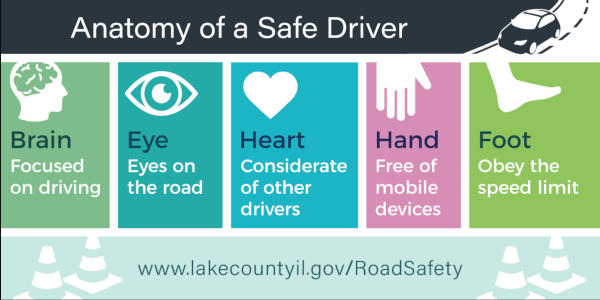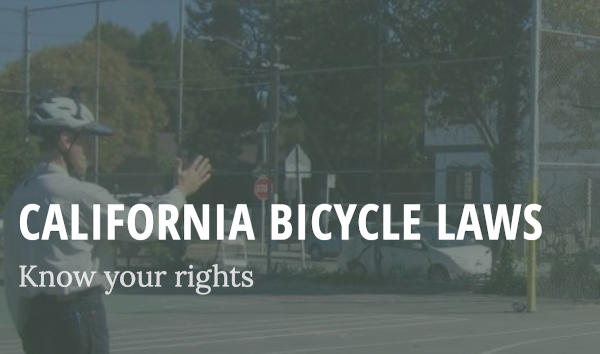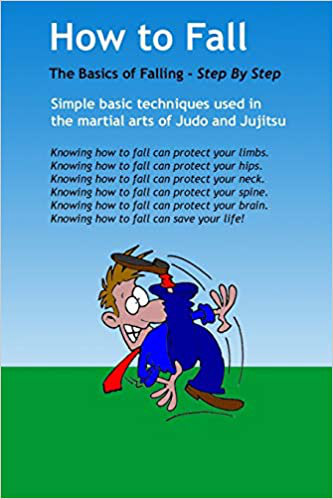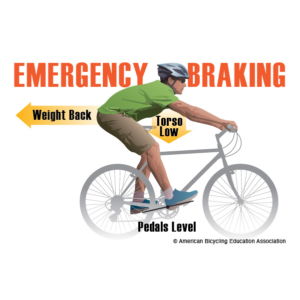As we discussed previously, there are three key areas of safe biking: routing, behavior, and equipment. This time, we will focus on behavior. While less important than the roads you bike on, safe behavior is critical when you find yourself in a difficult situation. There’s a lot to learn and practice, so this is the longest one of this series of safety tips.
Unfortunately, civil engineers and the police won’t typically have your back in an accident. Victim blaming is common when responding to and reporting on bicycle crashes. The root of the problem is actually negligible enforcement of safe driving laws and infrastructure that doesn’t plan for non-motorized traffic on roadways.
This should be obvious, but do not bike on the side of the road that’s against traffic, or the wrong way down a one-way street. Car drivers turning onto the street don’t expect fast traffic from the wrong direction. If there’s a bike path with both directions on one side of the street, it might be fine, but be very careful near intersections.
Do not pass or match the speed of cars near intersections.
This advice seems unintuitive and can be annoying to follow. The closest I’ve come to getting hit is when I’m filtering in the bike lane at a stoplight and a car isn’t signaling but starts to turn across the bike lane when the light turns green. I won’t pass a car on the right that has its turn signal on unless they’re pretty far back and won’t move immediately when the light changes. To that end, if there are only one or two cars at the light, I’ll just stop behind them, in the lane, so I’m not in their blindspots.
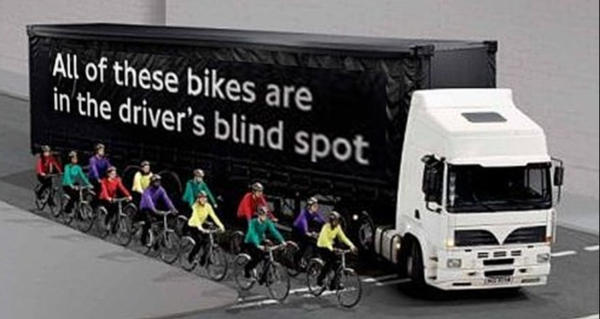
Avoid taking risks on turns.
Avoid taking risks like trying to outrun a light, even if it would inconvenience you or you notice other bicyclists doing it. Give yourself ample time to get to your destination and make sure your riding partners know you’ll be stopping for lights and stop signs. Don’t cave into peer pressure or feel protected because you’re in a group.
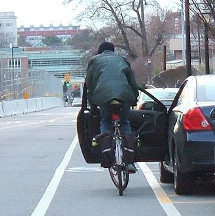
Expect the worst to happen. Slow down and look.
Expect the worst to happen, like every car door will open as you’re passing with no time to slow down. If a car is stopped in the bike lane, just wait for it to move, walk the bike on the sidewalk, or venture far into the lane if there are no cars overtaking you for a few hundred feet. Whenever a car is blocking your view, there might be pedestrians (especially short and carefree ones!) waiting on the other side of the car about to walk into the street. Drivers ready to pull out who seem to be looking right at you could be looking past you and will pull out at the worst moment: slow down and look directly at them. Look for unprotected left turns from oncoming traffic and make sure they’re not preparing to turn across your path.
Be predictable and show signals.
Be predictable and telegraph your movements with signals and body language, like looking behind your shoulder. These subtle cues won’t be noticed by truly dangerous drivers, but they’re still useful to inform most drivers of your intentions.
Be willing to stop.
You should be willing to stop and get off your bike, or slow down in crowded areas. Some dangers are too unpredictable to be going quickly, like dogs that could escape the control of their owners.
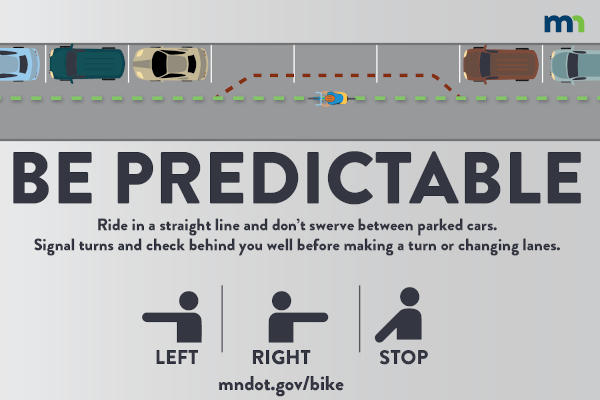
Learn how to fall safely.
Taking a judo class to learn how to fall is useful when you inevitably fall off your bike. Tucking your chin, going limp, not reaching out with your fragile hands, and protecting your head are all skills you can practice on a mat with an instructor. Knowing how to take a fall can be the difference between a concussion and a scraped shoulder.
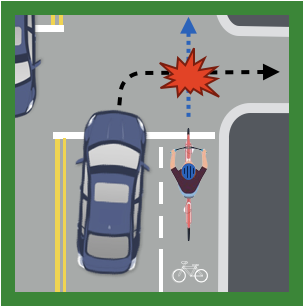
Know when to take the entire lane.
I’m not an advocate of full-on vehicular cycling but there are situations and roads where getting into the middle of a car lane is the best course. Usually this means you’re on the wrong route, but if it can’t be helped, take the lane when there’s no safe way for a car to pass you or you feel like you may be right-hooked by cars.
Practice emergency braking.
If you need to avoid something, prefer braking over dodging. Practice emergency braking with both the front and rear brakes to get a sense of how quickly you can stop at different speeds. Depending on your bike, shifting your mass to the back of the bike will let you stop faster without flipping over the handlebars. Keep your fingers covering the brakes when passing stopped cars, at intersections, or anywhere there are other road users.
Cross lanes of traffic cautiously.
Bikes can turn left three different ways:
- crossing lanes of traffic and getting into the leftmost car lane like a car,
- crossing the intersection and starting to head left on the other side, or
- with a right turn and then a U-turn on the other street.
There’s a variation of the second approach that involves walking your bike across the street, but I’ve only had to use it once or twice. Crossing lanes of traffic is only appropriate when there are no cars in the vicinity.
Bike in good visibility.
Riding later in the day feels more dangerous to me, so I prefer biking in the morning with good visibility. If you’re traveling east-west at dawn or dusk, drivers might not see you due to glare. Biking into the sun makes it harder for overtaking cars to see you and biking out of it impacts drivers turning in front of your bike.
Be focused.
Don’t listen to music on headphones while biking. Even with a mirror, it’s important to be able to hear overtaking cars or bicycles.
Bike often to keep your skills sharp.
Practice all the above tips while biking. Stay fit, alert and safe!
In the next safety tip, we will discuss equipment. Stay tuned!

